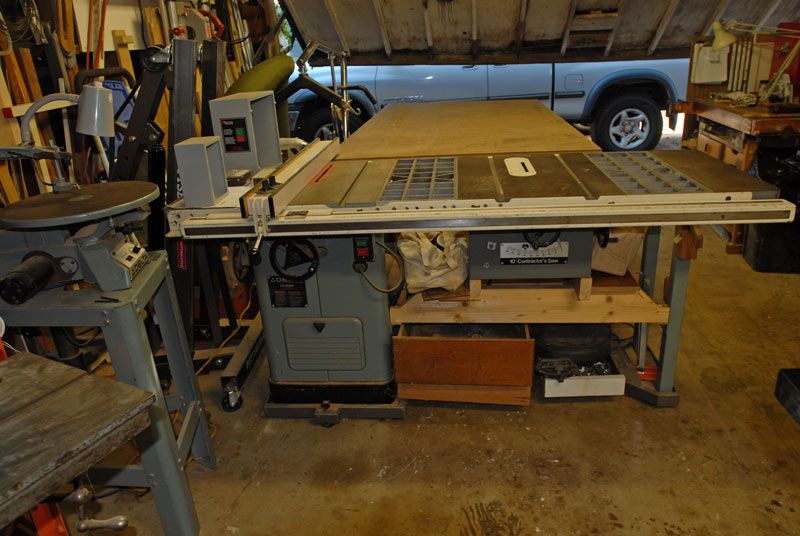My shop is small and I do a lot of work on the bench. After a few tries I moved the SS Grizzly to the right till it hit the wall. This got it out of the middle of the shop. Now the bench is in the middle and I can walk around it and work from both sides and both ends. This is much better than having it against the wall. The TS works fine where it is. Been there for 20 years and many projects. Needed to pull it out maybe twice to make a cut. Definitely the way to go.





 Reply With Quote
Reply With Quote









